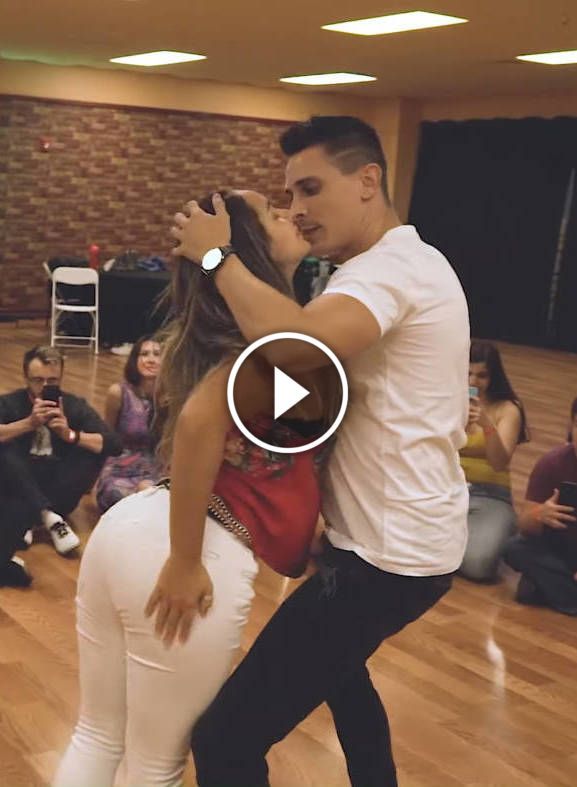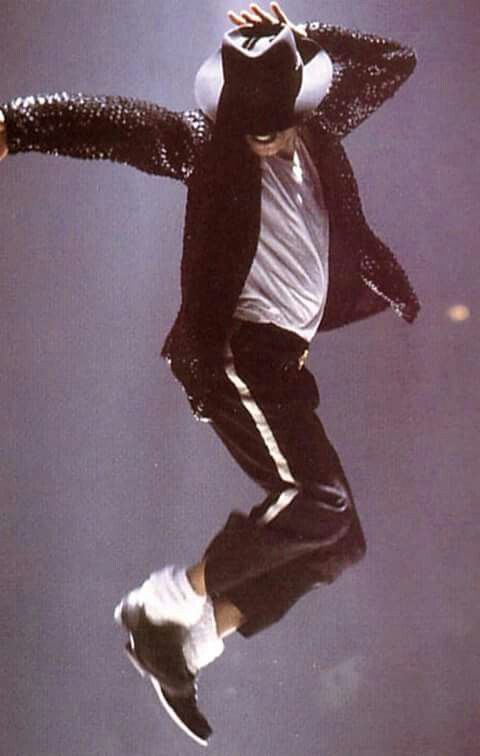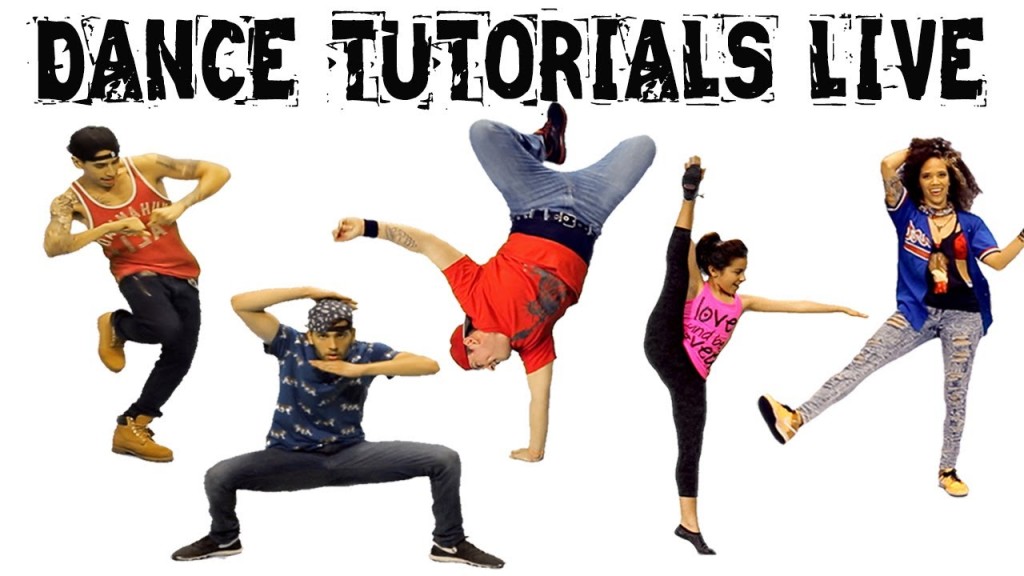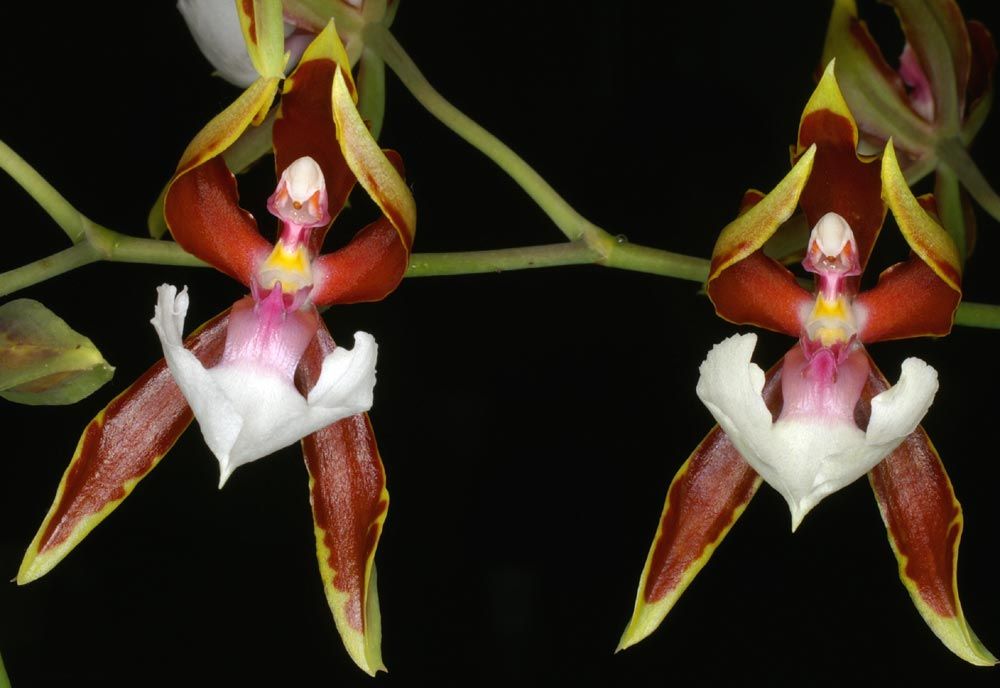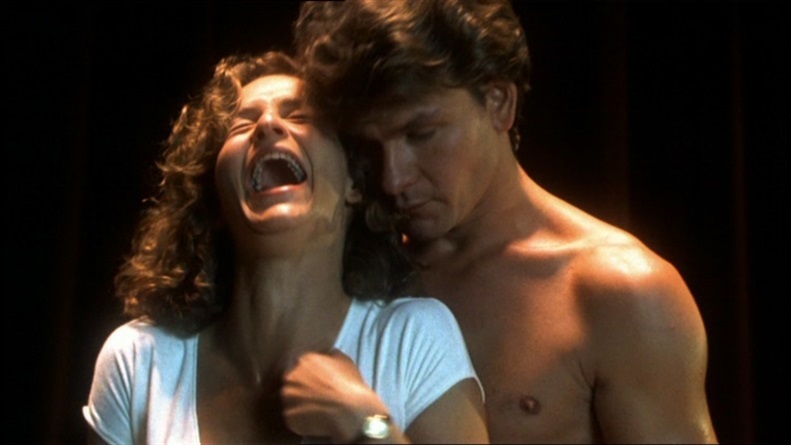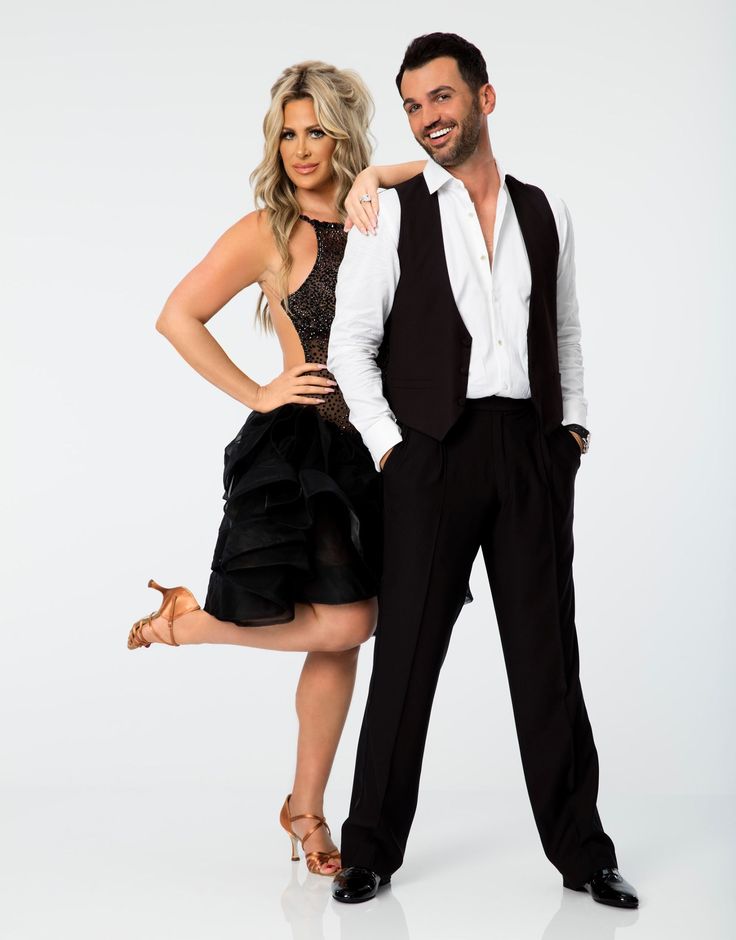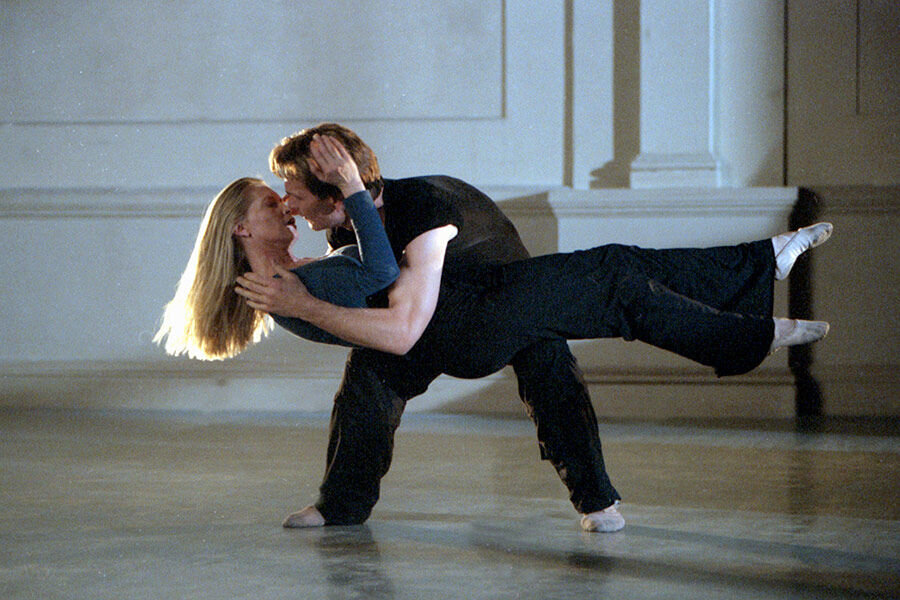How do you dance bachata
4 Basic Bachata Steps To Dance Any Song
As you should know bachata lives in the last years its golden age, as it has become one of the dances with more followers. A relatively easy dance for the beginners and where the most expert dancers have many possibilities to show their talents.
Emerged in the 1960s in the Dominican Republic as a transformation of the bolero to Antillean tastes, nowadays it is not missing in any dance hall or school with bachata lessons that boasts.
Its typical choreography was born in the 1990s, with two forms of bachata dancing:
- Dominican bachata: the couple usually dances with few figures and focusing on hip and foot movements.
- The urban bachata: the dancers get together and separate to be able to carry out different figures focusing the movements in the body.
For most experts, the main characteristic of bachata dancing is undoubtedly continuous hip movement, especially in the fourth beat (the rhythm of bachata has a four-beat beat, the dance of eight).
Bachata is a dance where personal style is fundamental. But what are the basic steps of bachata you should know to dance to any song?
#1. The basic step of bachata
The basic step of bachata, in fact, consists of three steps that are danced in the first three times and a touch with the sole of the foot that is performed in the fourth time.
When the sole of the foot touches the ground in the fourth period of time, the hip moves upward. A hip movement that is more marked in women than in men.
The basic step of bachata must be carried out in good style from the beginning of the learning process. A recommendation that is usually made to master it is to keep up with the music and keep your knees slightly bent. In this way, the movement of the hip will naturally arise.
#2. Turns in the bachata
One of the fundamental movements of bachata is the twists and turns. The most basic of all is the one in which the man raises his arm so that the woman can make a complete turn to the rhythm of the music. Then they both return to the normal dance without losing the rhythm.
The most basic of all is the one in which the man raises his arm so that the woman can make a complete turn to the rhythm of the music. Then they both return to the normal dance without losing the rhythm.
The process of the twist in the man and woman would be as follows:
- The return of the man in the bachata
As she dances, she counts the times in her mind (1,2,3,4), and when she reaches the fourth beat, she begins to raise her leading arm (the extended arm) over the couple's head, starting to release the pressure of the other arm.
In beat 1 of the next measure, the pair will begin to turn by making a circle under the man's arm, gently holding onto the leading arm.
The turn will finish in time 3, so that in time 4 both the man and the woman are dancing in sync again.
The return of the woman in the bachata
In time 4, the (extended) leading arm of the man begins to rise. At that point, keep holding on to the leading arm, but remove the other arm from the partner's shoulder and move under the leading arm curve.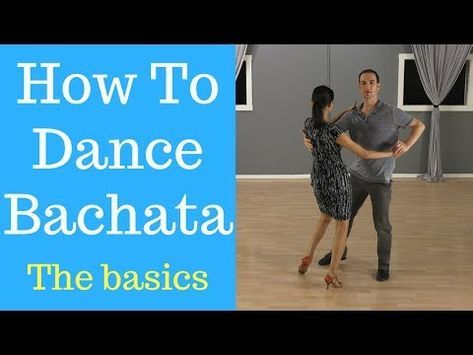
In beat 1, the woman turns in a circle under her main arm, trying to finish the turn in beat 3. The intention is to reach the normal dance position in beat 4 and start again together the steps in the opposite direction in beat 1.
#3. Screw
Screw is a step of the bachata in which the girl passes in front of the boy. A position changed a little more complex than the previous ones, but without apparent difficulty.
In the coiling, the man advances and positions himself behind the woman. During the process, she will raise her left hand so that the woman can be placed in the screwed position.
In the course that the man passes behind the woman, she stays in the same place. This is how you get to the coiled position, with the man behind the woman.
#4.
 The waves of bachata
The waves of bachataThe waves are one of the main movements of sensual bachata. A dance that, as its name suggests, plays with the sensuality of the movements.
The wave is a very simple step to execute. You just have to step forward the body a little, climb up, lean back slightly and bring that tilt from the head down as if it were a wave that slides through the body.
The continuous repetition of the movement will be what makes us look like a wave.
As you have seen, the steps of bachata are not really very complicated or complex. But like everything else, it takes a lot of practice to be able to score and let yourself be guided to perfection.
Bachata is a dance in which people of all ages can participate and lately it sounds everywhere, so go ahead, sign up for bachata classes whatever your level. You'll have a great time!
How To Dance Bachata For Beginners
The Bachata is one of the most fun dances to do at clubs and parties alongside Salsa and Merengue.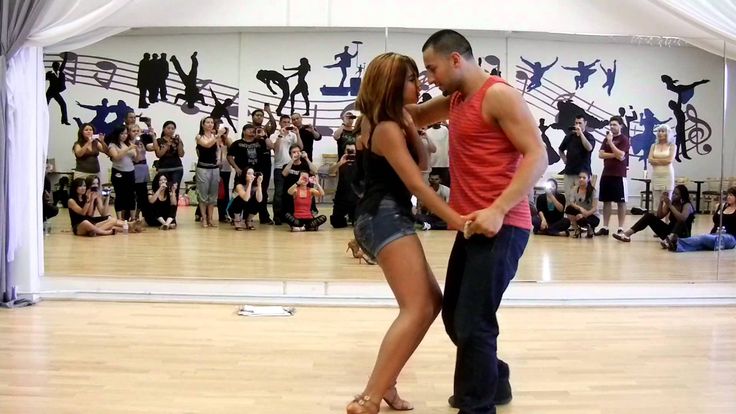 In this video you’ll learn how to dance the Bachata dance steps.
In this video you’ll learn how to dance the Bachata dance steps.
Bachata Dance Step #1: The Side To Side Basic Steps
Summary of the Bachata steps:
Men:
Side with left foot
Close right foot to left foot
Side with left foot
Tap right foot to left foot (Partial weight)
Side with right foot
Close left foot to right foot
Side with right foot
Tap left foot to right foot (Partial weight)
Women:
Side with right foot
Close left foot to right foot
Side with right foot
Tap left foot to right foot (Partial weight)
Side with left foot
Close right foot to left foot
Side with left foot
Tap right foot to left foot (Partial weight)
Bachata Dance Step #2: The Fwd & Back Bachata Basic
Summary of the steps:
Men:
Forward with left foot
Forward with right foot (small step)
Forward with left foot
Tap right foot to left foot (Partial weight)
Back with right foot
Back with left foot (small step)
Back with right foot
Tap left foot to right foot (Partial weight)
Women:
Back with right foot
Back with left foot (small step)
Back with right foot
Tap left foot to right foot (Partial weight)
Forward with left foot
Forward with right foot (small step)
Forward with left foot
Tap right foot to left foot (Partial weight)
What Is Bachata? History & Character
Bachata is a dance from the Dominican Republic, and it is one of the hottest Latin dances today. It is a sensual dance where both partners bend their knees, and step from foot to foot, while creating body and hip movement. This dance has a unique movement at the end of every 4 steps – where instead of switching weight you “tap” the foot in place without weight. So there are a total of 6 weight changes and 2 “Tapping” steps within an 8 count of Bachata.
It is a sensual dance where both partners bend their knees, and step from foot to foot, while creating body and hip movement. This dance has a unique movement at the end of every 4 steps – where instead of switching weight you “tap” the foot in place without weight. So there are a total of 6 weight changes and 2 “Tapping” steps within an 8 count of Bachata.
The Bachata Count & Music
The Bachata music uses a 4/4 musical structure with phrases of 8. You simply count the moves in counts of 8 – 1,2,3,4,5,6,7,8. Each count is a full beat. Alternatively you can count in 4s – 1,2,3,4 – 1,2,3,4. The Bachata music is very sensual and dramatic. Artists like Prince Royce have made a name for themselves by producing many top Bachata hits.
More Bachata dance lessons.
Other dance lessons:
How To Dance Merengue
How To Cha Cha Dance
Swing dance moves (East Coast)
How To Rumba Dance
Salsa Basic Steps
Did you get it? Leave a comment below.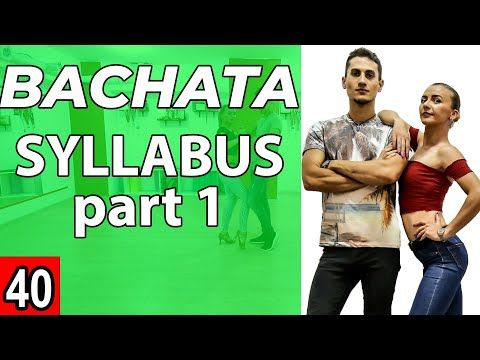
Why will we never dance bachata like the Dominicans?
Dominicans dance bachata differently: light, uncomplicated, plastic. Their attitude to dance is simple - first of all, it is a communication tool, and never an end in itself. Almost none of them learned to dance on purpose, in the Dominican Republic there are no bachata schools for locals, but everyone fervently moves their hips from birth.
On the island, only a few will be able to explain the basics of plastic surgery or how to do the steps. And even then, they are mostly professional choreographers who dance other dances besides bachata. But the naturalness and smoothness of the movements of most ordinary Dominicans is fascinating. nine0005
Our bachata is the result of training and labor
Europeans who dance bachata outside the Dominican Republic know what is right in music, what can and cannot be done, where are the boundaries of style and are aware of the intricacies of figure building.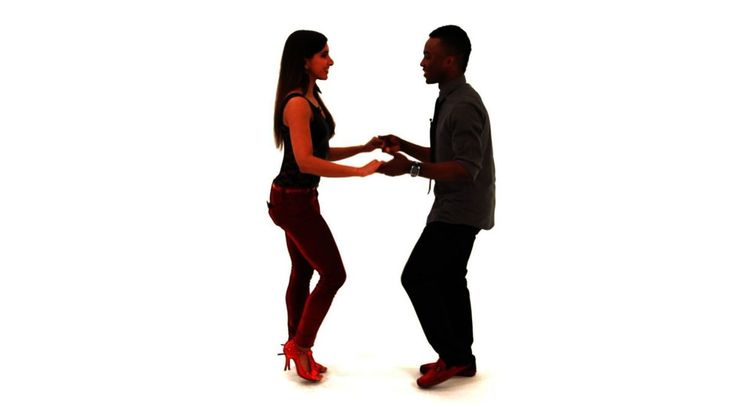 For a long time they learned the right flow, the right swing, the right plastique. Therefore, their bachata is more choreographic, more systematic and calculated, they take the dance seriously. Some are so serious that they start non-children's international holivars, distribute those who dance correctly and who do not into different camps. nine0003
For a long time they learned the right flow, the right swing, the right plastique. Therefore, their bachata is more choreographic, more systematic and calculated, they take the dance seriously. Some are so serious that they start non-children's international holivars, distribute those who dance correctly and who do not into different camps. nine0003
For Dominicans, dancing is just one aspect of communication
Dominicans don't care how they dance. They are fascinated by the choreography of a moderna bachata dancer visiting the Dominican Republic and touched when a white man tries to dance authentically. He tries - because in order to really dance like the Dominicans, you must first of all treat the dance in the same way, without piety, without cultivating a single correct style, forgetting that music can be counted. And above all, local dancers never make dance the main occasion of any event, be it a festival, a party or a meeting with friends.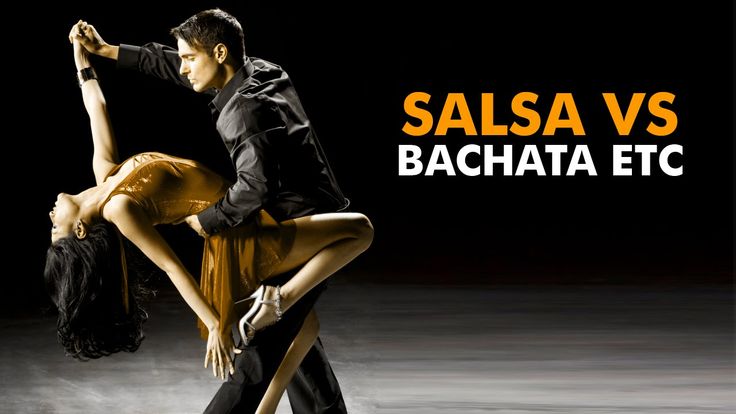 nine0003
nine0003
Dance is only an addition to communication, a means for intimacy, for harmonizing and synchronizing the surrounding reality - music, a loved one, a buzz from movement. Therefore, when you go to an average Dominican party, you will see a lot of noisy drinking people, and dancers dancing just one figure during the whole evening. One Carl!
Video from the personal archive of Dasha Elizarova, project Bachateame Mamita
All the rules, consistency, figure building, disputes about how to dance a real bachata, authentic festivals were either created by non-minicans or appeared outside the island. nine0003
Dominicans are mainly engaged in each other, and dancing is a great prelude for this.
Video from the personal archive of Dasha Elizarova, project Bachateame Mamita
Women's style in bachata
We turn dance into a big event with rules
It's hard for us to give up the idea that dance should be varied, interesting, spectacular. From the idea that it is important to dance to a certain score, to break music into eights.
From the idea that it is important to dance to a certain score, to break music into eights.
It is difficult to question the words of a beloved teacher who says that if you dance differently, you will betray the style. It is difficult to let go of yourself and your body, to go beyond the learned figures, it is difficult to improvise, it is difficult to find yourself in the dance. nine0003
But we dance the way we dance, because, unlike the Dominicans, we all learned this. We studied at dance schools, where they explained to us how to do it and how not to. And where very little attention is paid to the most important thing, to what the majority came to dance for - the pleasure of dancing, improvisation, attention to the person with whom you are dancing. To a person, girl or man, and not a partner or partner, from whom you expect the correct conduct or execution of figures.
As a result, at parties, outside of dancing, we see bored figures buried in phones, waiting girls sadly sitting on the edges of the dance floor, and only occasionally - cheerful broken companies from those schools where communication is as important as dance.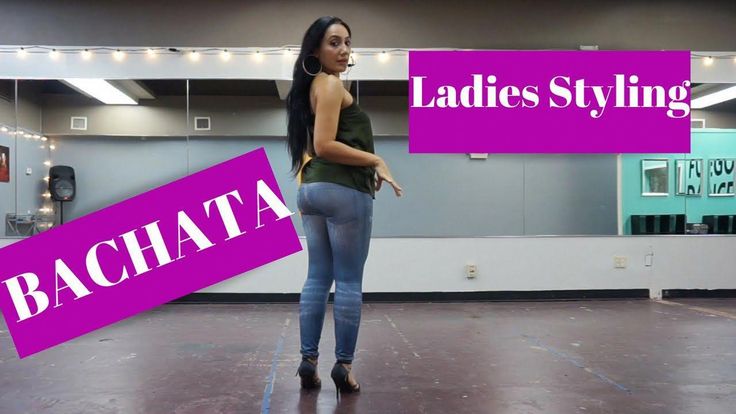 nine0005
nine0005
We will never really dance bachata like the Dominicans. We came to dance for completely different reasons, we treat it in a completely different way, and it's too difficult to change it. Yes, and no need to change.
It is important to follow your line of dance development
We have a lot to learn from the Dominicans: ease of attitude to dance and the surrounding reality, the ability to find your own unique style within two or three basic steps. But, unlike them, the majority of dance school visitors are looking for, in addition to new communication, something completely different - an interesting hobby, an opportunity for self-realization, discovering new possibilities for their body and mind, a variety of figures and footwork, new approaches and interesting theories. nine0003
And in the Dominican Republic itself, there are dancers who are distinguished by the richness of their steps, their elegantly controlled style, a wide range of figures, and the clarity of lines and movements.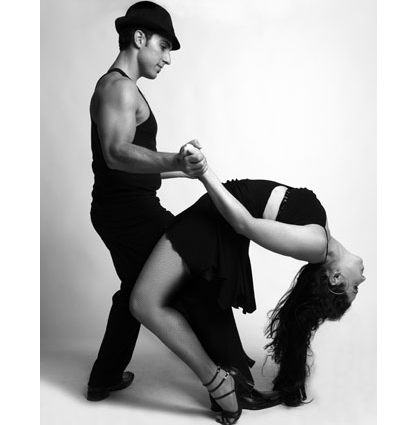 Or too bright, too prominent character of the dance. But they usually say about such people that they dance inauthenticly, not the way they should.
Or too bright, too prominent character of the dance. But they usually say about such people that they dance inauthenticly, not the way they should.
Video from the personal archive of Dasha Elizarova, project Bachateame Mamita
We will never really dance bachata like the Dominicans. We came to dance for completely different reasons, we treat it in a completely different way, and it's too difficult to change it. Yes, and no need to change. nine0003
It is important to understand that with all possible trajectories of learning and immersion in culture, the most incorrect is the literal and blind copying of the external feed. Either find yourself, your style and your pleasure, as the Dominicans do, or develop yourself as a dancer, not looking back at an external match with any original.
Share on social networks:
Sexual overtones in pair dances
What is more effective: individual or group lessons? nine0003
Do you have a predisposition to dance?
Argentine tango through the eyes of a salsa dancer
Distribution of roles in a salsa party
Terrible tango nuevo
Where to look for inspiration for dancing?
Selection of dances according to alcohol preferences
Dispute over musicality
Why tango?
The seven deadly sins of teachers
12 life hacks to quickly learn to dance
Does dancing make us better?
Destroying the myths about leading pair dances
The series "Salsa" as a mirror of the community
Self-destruction of the pair dance community
Pair dancing as a source of strength.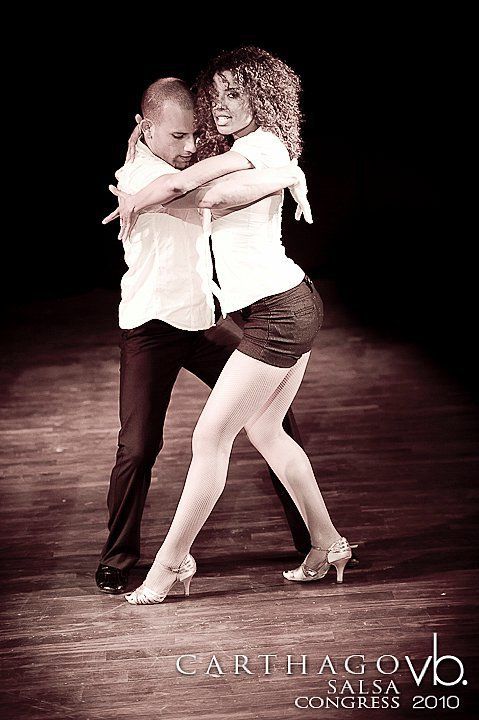
Salsa: destroyers of stereotypes
Dangerous sexuality
Rediscovering dancing. Mami project.
Happiness inside
Bachata is grace
- News
- Alena Stadnik
- June 25, 2017 at 7:00 am
Share:
Attention! This article was published more than 5 years ago and belongs to the digital archive of the publication. The publication does not update archived content, so you may want to check out more recent sources.
Bachata Photo: Jyri Lauis
Many of us believe that dance is just random movements that people century commits to music. This is an erroneous opinion. If we are talking about Latin American dances, then here the dance comes from the image of the dancer, from his thoughts, mood. The dance coach always tells his students that every movement unmistakably repeats the thought that flashed in his head at that moment. nine0003
nine0003
Bachata dance is, first of all, grace, beauty, confidence, strength, freedom.
We asked bachata dancers what exactly this style means to them: five words that you can use to characterize dance, and how dance has changed your life? Julia: “The bachata dance is a whole universe, an expression of the deepest feelings through your body.
Not every story can be told, not all feelings can be expressed in words. Dance is a story about love, friendship, betrayal. This is a whole performance that you can play with your partner for yourself or the public, but the goal and idea will still remain the same - to give vent to emotions, to express your deepest feelings. Many dancers say that more and more, the most important thing for them in dance is to get satisfaction, so that the dance resonates with the soul. When you dance, everything inside should tremble with pleasure. “After all, whatever you do, first of all, you should like your occupation yourself,” says Yulia.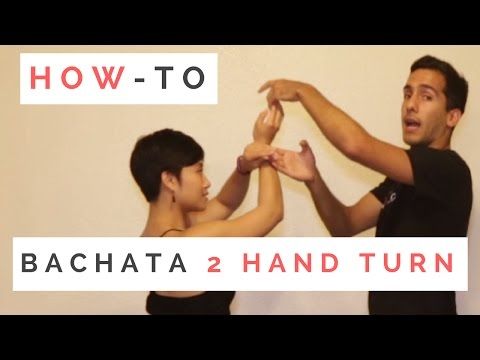 Katya, who has been dancing for more than 5 years, said that for her bachata is life, emotional outburst, flight, lightness and grace. nine0003
Katya, who has been dancing for more than 5 years, said that for her bachata is life, emotional outburst, flight, lightness and grace. nine0003
"Dance has always been a part of my life, influencing me in one way or another." Many dancers share the philosophy of life: the day was wasted if I did not dance. Bachata coaches say that absolutely everyone can be taught to move beautifully and harmoniously.
“The most important thing is desire and perseverance! However, you need to understand that professional dance is a real sport that requires huge investments: time, effort and emotions.” Many agree that dance has changed their lives: at first it was just a hobby that naturally led to new acquaintances and some changes in character. And then there were new opportunities and new experiences. nine0003
The history of dance
Before we begin to list the characteristics and study the technique, it is necessary to know a little about how bachata appeared.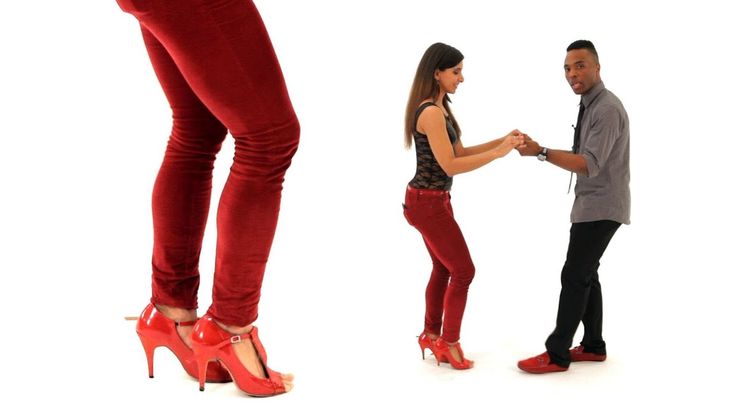 The history of bachata originates in the Dominican Republic. This beautiful dance appeared in the middle of the last century, during the reign of the dictator Rafael Molina, and mostly only people from the lower stratum of society danced it. It should be noted right away that this period of time was quite difficult for the entire Dominican people - this is the reason that bachata was not recognized for a long time and was considered a dance of outcasts and the poor. Everything changed for the better at the end of the last century, when, thanks to the melancholic inclinations of a huge number of musicians, bachata began to gain unprecedented popularity. To date, there are several varieties of the above dance, such as the Dominican bachata, the Italian bachata, as well as the bachatango, which is a kind of mixture of bachata and tango, which is danced to the appropriate music. nine0003
The history of bachata originates in the Dominican Republic. This beautiful dance appeared in the middle of the last century, during the reign of the dictator Rafael Molina, and mostly only people from the lower stratum of society danced it. It should be noted right away that this period of time was quite difficult for the entire Dominican people - this is the reason that bachata was not recognized for a long time and was considered a dance of outcasts and the poor. Everything changed for the better at the end of the last century, when, thanks to the melancholic inclinations of a huge number of musicians, bachata began to gain unprecedented popularity. To date, there are several varieties of the above dance, such as the Dominican bachata, the Italian bachata, as well as the bachatango, which is a kind of mixture of bachata and tango, which is danced to the appropriate music. nine0003
Features
Like any other form of dance, bachata has its own unique and inimitable features. The whole essence of this dance lies in the fact that each of the movements should be as coordinated as possible, and the legs should play the leading role. During the dance, the legs make fairly fast and intricate movements in one of the most common musical time signatures, four quarters, and the dance tempo is approximately one hundred and twenty beats per minute. In addition, there are a lot of turns in bachata that are performed almost continuously. It should be noted that in bachata four steps are taken from side to side or forward and backward. But the main "highlight" is that it is the last step that is emphasized, during which the foot is placed on the toe or heel. nine0003
The whole essence of this dance lies in the fact that each of the movements should be as coordinated as possible, and the legs should play the leading role. During the dance, the legs make fairly fast and intricate movements in one of the most common musical time signatures, four quarters, and the dance tempo is approximately one hundred and twenty beats per minute. In addition, there are a lot of turns in bachata that are performed almost continuously. It should be noted that in bachata four steps are taken from side to side or forward and backward. But the main "highlight" is that it is the last step that is emphasized, during which the foot is placed on the toe or heel. nine0003
Music
The leading musical element in the melody is requinto or acoustic guitar. As for the rhythm, it is set with the help of a guire or bongo. For a long time, bachata was called a vulgar dance. Therefore, the music did not sound on the radio, and it was simply impossible to purchase a record in stores. Bachata music was given new life by Juan Luis Guerra, who added more romance and melody to the melody. It is thanks to the colorful, expressive and incendiary music that an unforgettable dance is obtained, filled with passion, romance and love. An interesting fact is that one of the features of bachata music is the lack of clave rhythm, which distinguishes the melody from most Latin American musical genres. nine0003
Bachata music was given new life by Juan Luis Guerra, who added more romance and melody to the melody. It is thanks to the colorful, expressive and incendiary music that an unforgettable dance is obtained, filled with passion, romance and love. An interesting fact is that one of the features of bachata music is the lack of clave rhythm, which distinguishes the melody from most Latin American musical genres. nine0003
Technique
How to learn to dance The modern version of bachata, the so-called “modern bachata”, is a more sensual, romantic and technical form of dance than the bachata danced by the villagers. Today, the greatest attention is paid to the plasticity of the body, as well as the ability of partners to dance erotically and at the same time maintain close contact. Compared to other similar types of dance, such as salsa, cha-cha-cha or bolero, bachata does not have a wide range of different figures and movements. The main task of the partners is not in excellent technique, but in the excellent transfer of feelings and the achievement of maximum intimacy.